Shah-i-Zinda.
Introduction
After visiting the Ulugh Beg Observatory, we moved on to another interesting palace in Samarakand. That is the visit to Shah-I-Zinda, where mythology merge with history.
Visiting historical sites can be transformative, and my recent trip to Shah-i-Zinda in Samarkand provided me with not only a glimpse into the past but also an enriching experience that brought history to life. Nestled in the heart of Uzbekistan, this UNESCO World Heritage Site is far more than just a collection of ancientoleums; it encapsulates the spirit of an era marked by artistry, devotion, and a deep reverence for the departed. In this article, I’ll take you through my memorable visit to Shah-i-Zinda, highlighting its historical significance, stunning architecture, and the profound emotions it evoked within me.
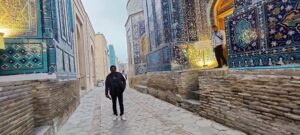
The Historical Significance of Shah-i-Zinda
Shah-i-Zinda, which translates to “The Living King,” is believed to be the burial site of Qusam ibn Abbas, a cousin of the Prophet Muhammad. According to local legend, Qusam brought Islam to Central Asia and was martyred here. The complex serves as a pilgrimage site, attracting thousands of visitors looking to pay their respects and seek blessings.
A Walk Through Time
As I stepped into the intricate entrance, I was immediately enveloped by the site’s reverence. The legend associated with Shah-i-Zinda added a layer of depth to my visit; knowing I was walking in a space that has witnessed centuries of history stirred my imagination.
- Dates Back to the 11th Century: Many of the buildings date back to the Timurid era (14th-15th centuries), showcasing the rich history of architectural innovation in the region.
- Symbol of Islamic Culture: The site reflects the vibrant Islamic culture that flourished in Samarkand, making it a vital part of the Silk Road narrative.
Architectural Marvels of the Complex
The stunning architecture of Shah-i-Zinda is undoubtedly one of its main attractions. As I wandered through its narrow paths lined with turquoise and azure tiles, I couldn’t help but feel transported into the pages of a storybook.
Majestic Mausoleums
The complex consists of multiple mausoleums, each with its own unique design and history. Here are a few highlights:
- Mausoleum of Qusam ibn Abbas: The central mausoleum, often adorned with intricate tilework, gave me chills as I realized the spiritual significance it held.
- Tomb of the Ancestors: This mausoleum impressed me with its beautiful entrance and detailed inscriptions, which spoke to the artistry of the era.
The Art of Tilework
One cannot talk about Shah-i-Zinda without mentioning its exquisite tilework, which features intricate geometric designs and floral patterns. The vivid colors brought the cold stone to life, wrapping the site in radiance. The art of tilework here is a conversation between the colors and the light, one that can only be truly appreciated in person.
An Emotional Connection
As I spent time in this sacred space, I felt a deep connection to the past. Many pilgrims visit to commemorate their loved ones, and I, too, reflected on my own familial bonds.
Meditation and Reflection
I found a quiet corner to sit and absorb my surroundings. The atmosphere was filled with a sense of tranquility, and I was struck by how the design of the mausoleums evoked feelings of peace and remembrance.
- Personal Connections: I contemplated how many souls had walked this path before me, seeking solace and spiritual connection.
- The Power of Memory: This visit made me think about the legacies we leave behind and how they live on in our stories and memories.
Visitor Tips for Shah-i-Zinda
If you plan to visit Shah-i-Zinda, here are a few tips to enhance your experience:
- Visit Early: Arriving early in the morning allows you to enjoy the peace before the crowds gather.
- Dress Respectfully: Since it’s a site of religious significance, dressing conservatively is advisable.
- Guided Tours: Consider hiring a local guide who can provide insightful historical context and stories about the site.
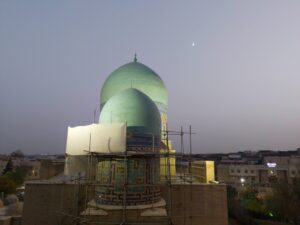
Conclusion
My visit to Shah-i-Zinda was a journey not just through a beautiful complex but also through the intricate tapestry of history, culture, and spirituality that defines this remarkable place. I left with a renewed sense of appreciation for the past, a deeper connection to my own heritage, and a desire to learn more about the fascinating stories hidden within ancient walls.
If you ever find yourself in Uzbekistan, I urge you to visit Shah-i-Zinda. It’s a place where history breathes, and every corner reveals a story waiting to be heard.
For further reading on Samarkand’s history and architecture, you might explore these resources: UNESCO World Heritage and The Silk Road Sites.
You can have the videos of my visit at,
https://www.youtube.com/watch?v=GAHrVcKDOKE&t=465s

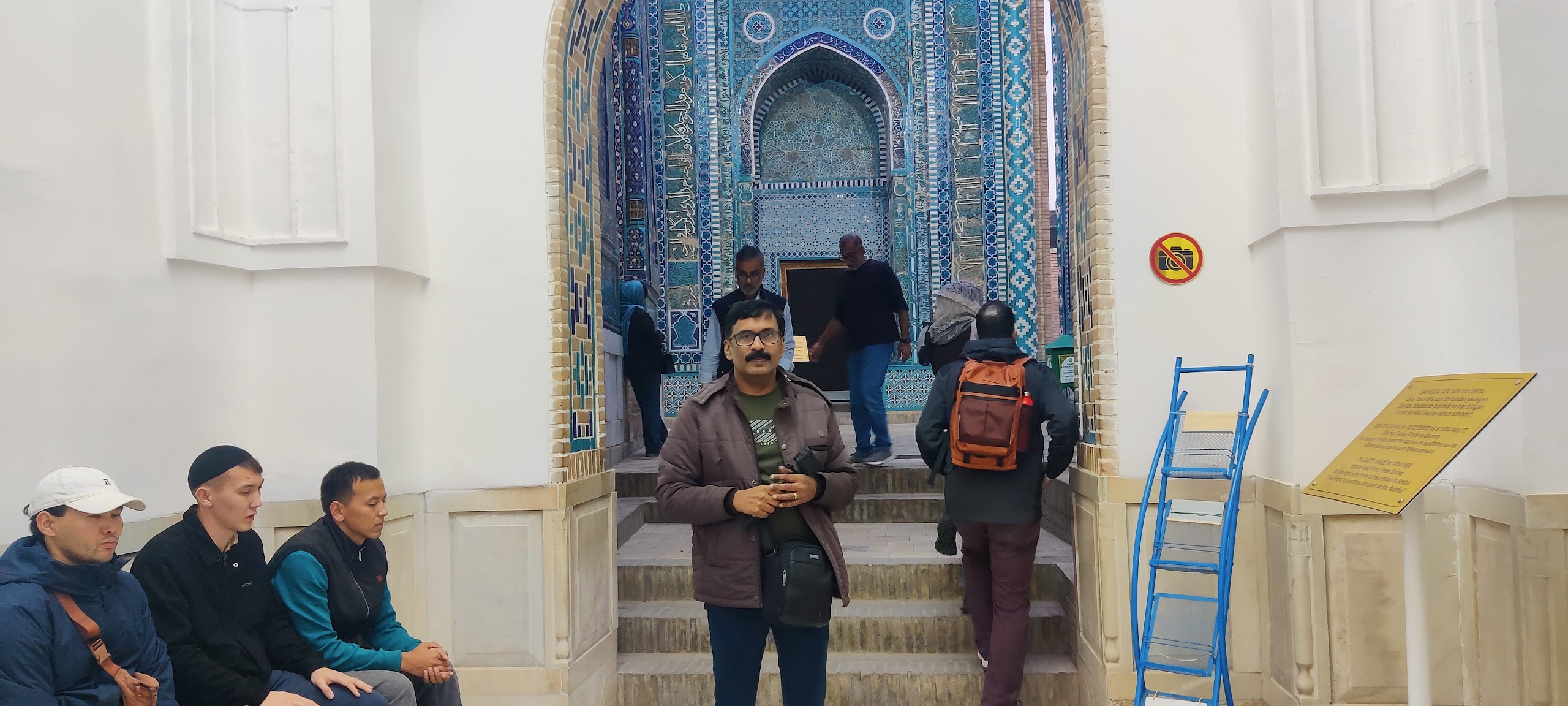


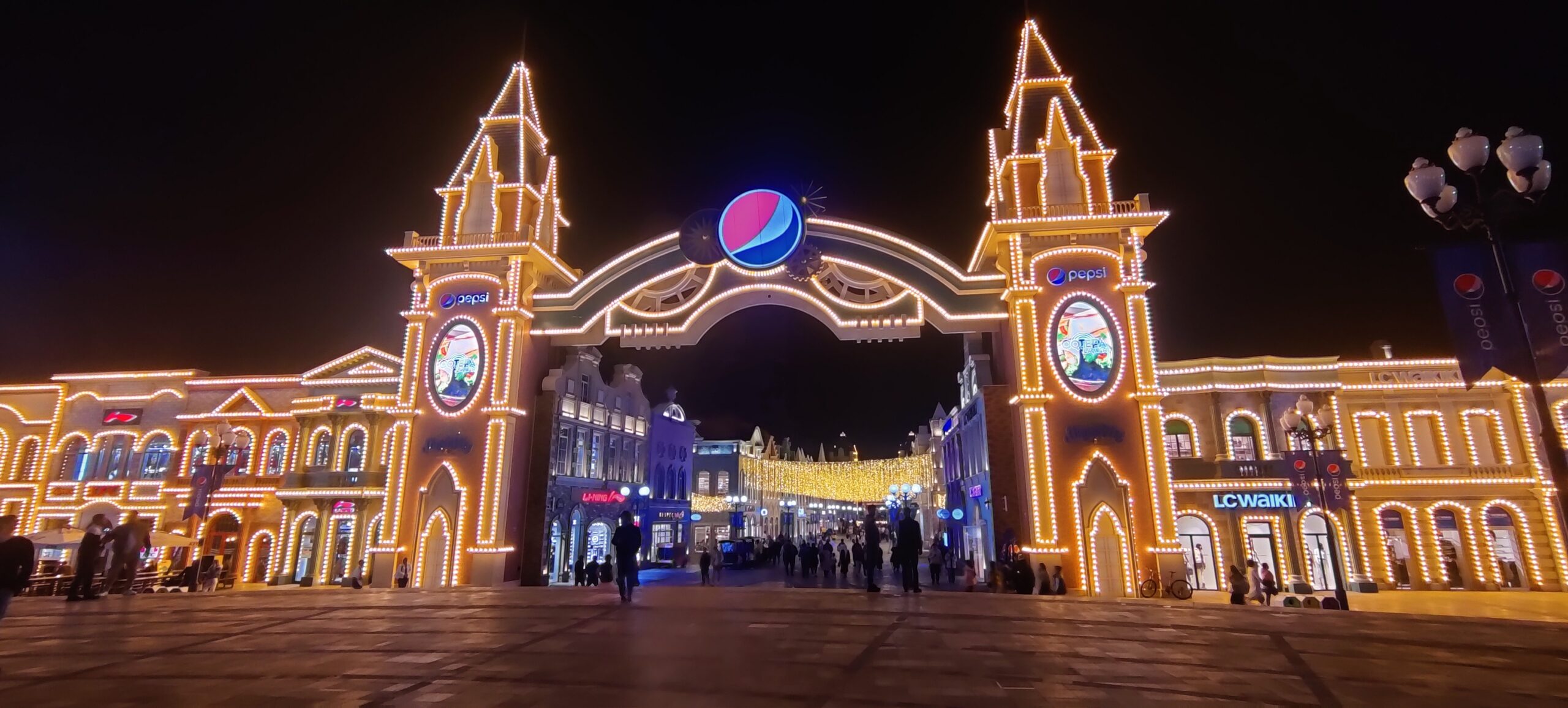
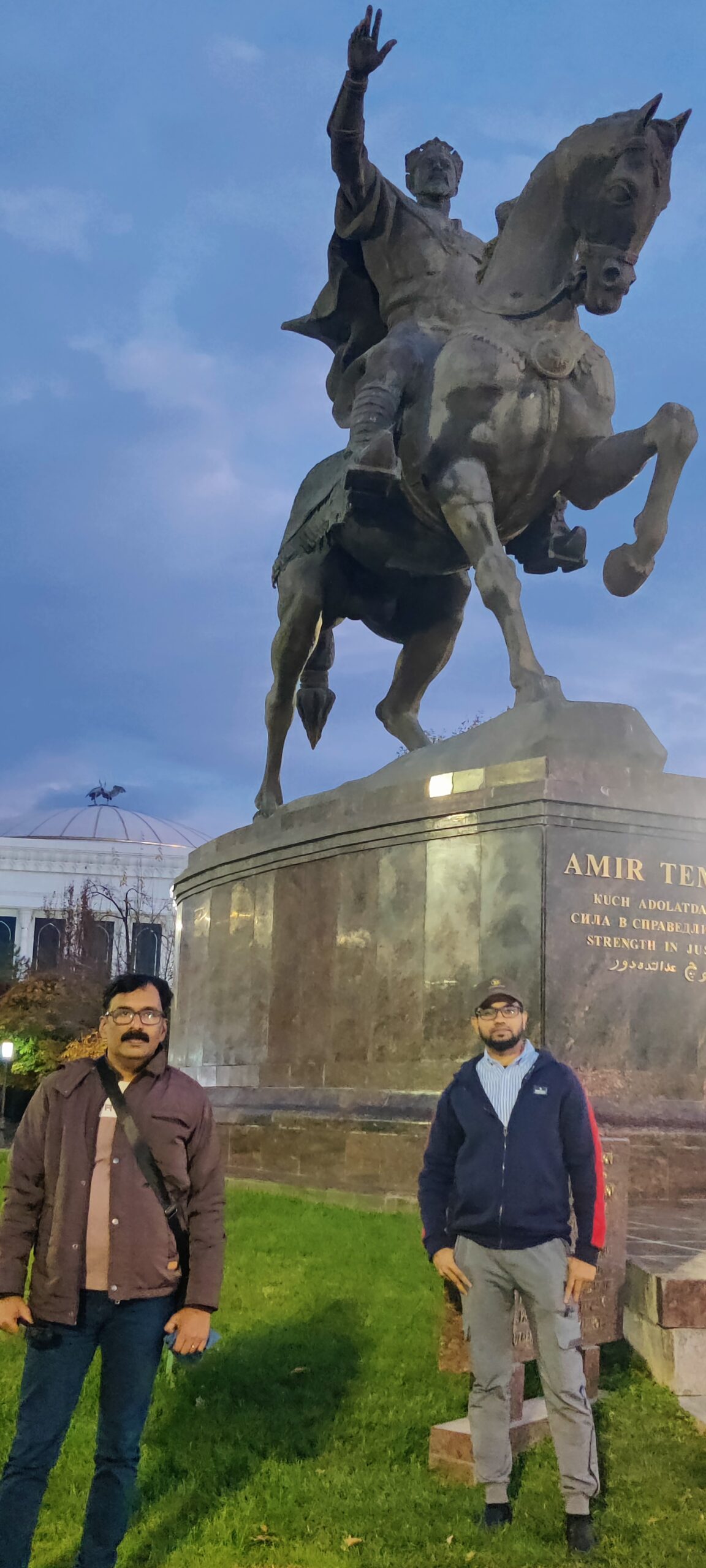



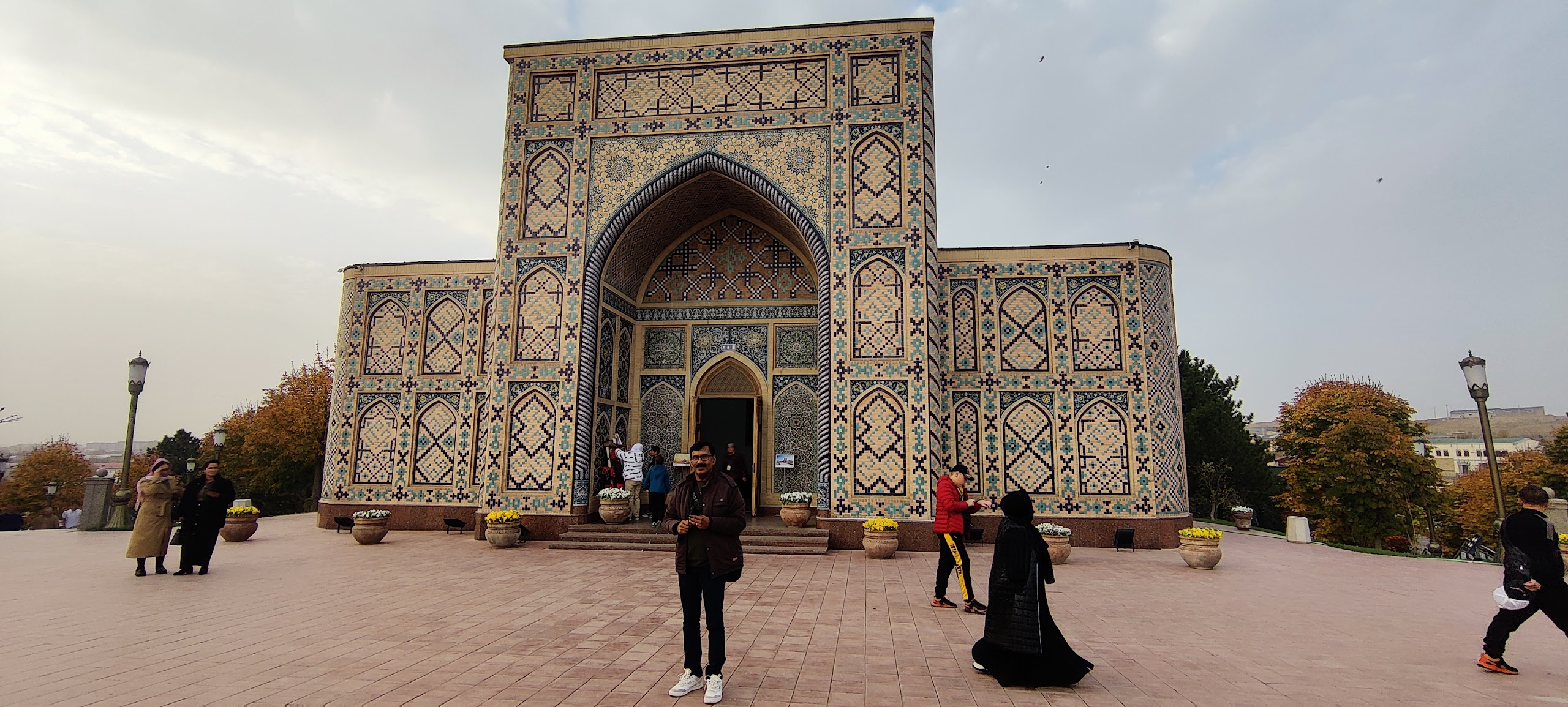
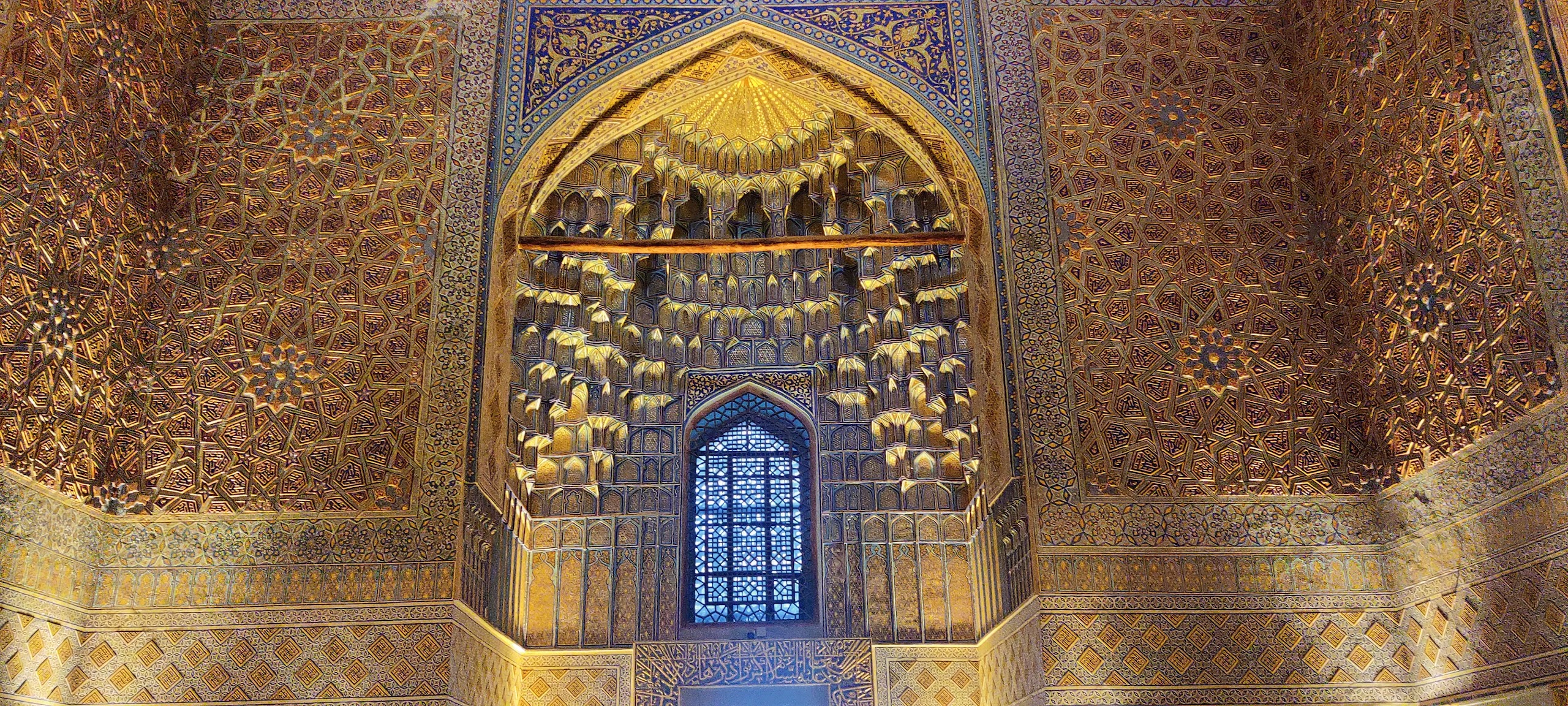


Leave a Reply